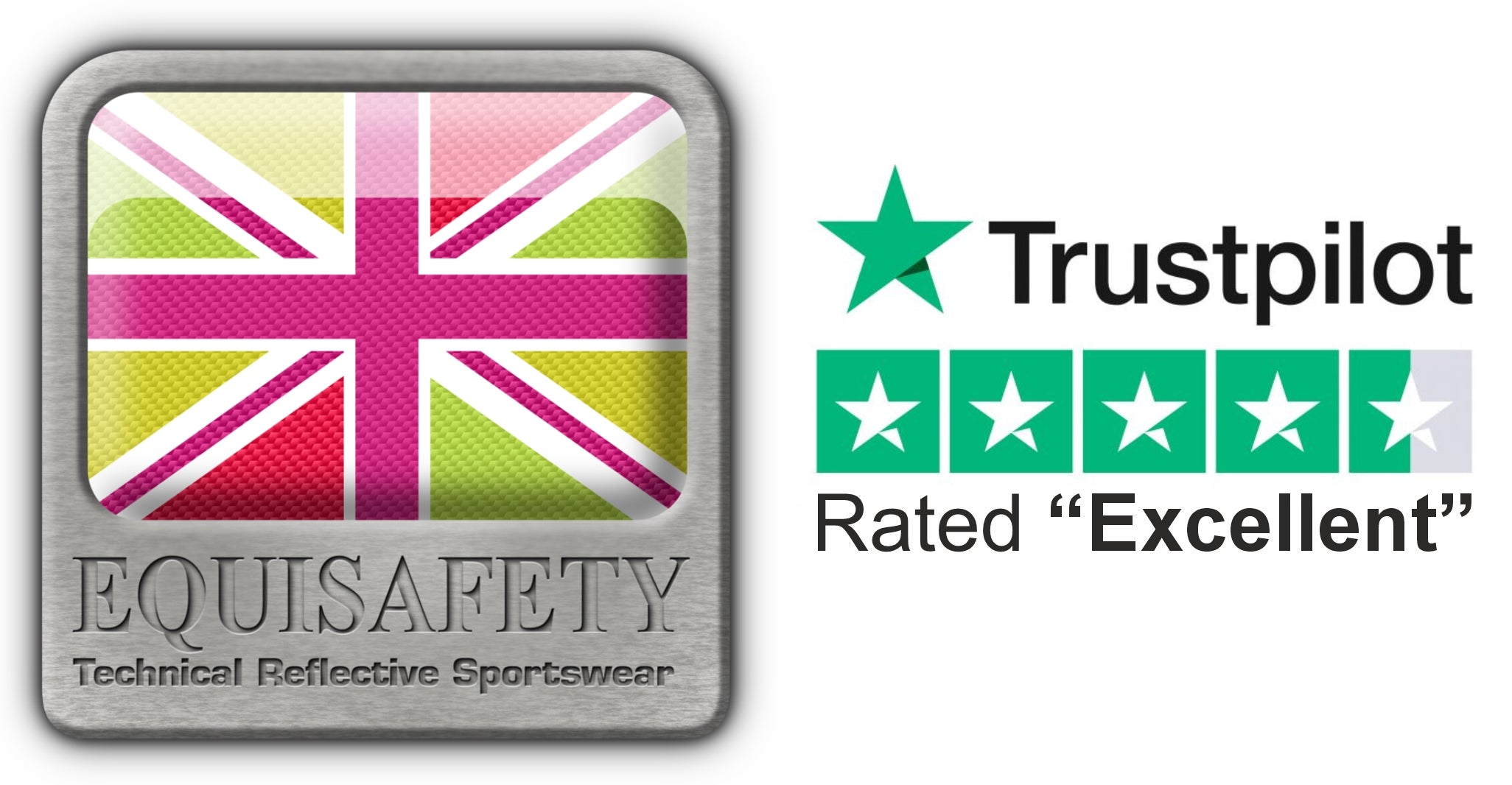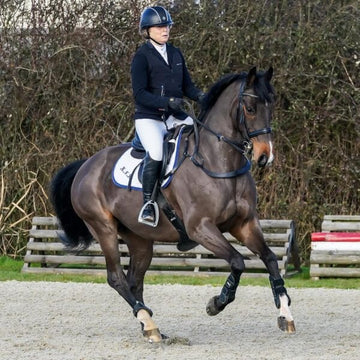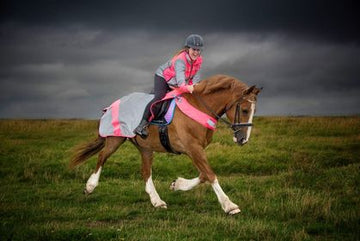Frequently Asked Questions
1. Why is equestrian safety important?
2. What are essential pieces of rider equipment for safety?
3. How can I assess the riding environment for safety?
4. What role does communication play in equestrian sports?
5. What should I include in my first-aid knowledge for emergencies?
The love of horses and riding experiences should always be paired with responsibility and safety. Equestrian sports, encompassing everything from dressage to show jumping, can be thrilling but inherently come with risks. Understanding and implementing key principles of equestrian safety practices can significantly minimize these risks, ensuring both riders and horses remain safe and sound.
The Importance of Equestrian Safety
Taking part in equestrian activities offers immense pleasure, but it also requires a solid grounding in safety measures. Riders must recognize that each ride can hold potential challenges—whether it's an unexpected spook from the horse or a miscommunication during a jump. These situations underscore the importance of knowing safety practices.
Moreover, the activity level of the rider and the temperament of the horse can influence overall safety. Adequate training and regular practice of safety protocols are essential not just for the rider, but for the horse's well-being too.
Understanding Equestrian Gear
Proper gear plays a critical role in ensuring safety while engaging in equestrian activities. Each piece of equipment is designed for a purpose and contributes towards safeguarding both horse and rider.
Rider Equipment
- Helmets: Wearing a correctly fitted ASTM/SEI-approved riding helmet is a non-negotiable rule for any equestrian. Helmets protect against head injuries in case of falls.
- Boots: Sturdy riding boots with a heel are essential. They prevent the foot from slipping through the stirrup in the event of a fall.
- Body Protectors: These can provide an additional layer of safety during jumping activities and are highly recommended for novice riders.
Horse Equipment
- Bridle and Saddle: Ensure that tack fits correctly. Proper saddle fitting is essential for the comfort of the horse, enhancing control for the rider.
- Leg Protection: Use of boots or wraps can help protect the horse’s legs from injuries while riding or during transport.
- First-Aid Kits: Always have a first-aid kit on hand, both for horses and riders, to promptly address any minor injuries that may occur.
Riding Environment Safety
The riding environment includes both the physical space where the riding occurs and the weather conditions that can affect riding activities. It's crucial to assess these factors before mounting up.
Assessing the Riding Space
Before any equestrian activity, always evaluate the riding space for potential hazards:
- Terrain Conditions: The surface should be suitable—avoid rocky, uneven ground, or overly slippery surfaces.
- Obstacles: Check the surroundings for any barriers such as fences, ditches, or other animals that could spook the horse.
- Space Availability: Ensure there’s sufficient room for the horse to move freely without bumping into objects.
Weather Conditions
Weather can significantly impact equestrian activities. Be cautious of:
- Wind: Strong winds can spook horses, increasing the risk of accidents.
- Heat: On hot days, monitor both the horse's temperature and hydration levels closely.
- Rain: Wet surfaces can lead to falls; it's best to opt for an indoor arena under such conditions.
Communication is Key
Effective communication is vital when engaging in equestrian sports. This involves not only communicating with fellow riders or instructors but also understanding your horse's body language.
Rider-to-Rider Communication
When riding in groups, establish clear signals and maintain space between horses. Always inform others of your actions, such as changing direction or slowing down.
Understanding Your Horse
A good rider knows how to interpret their horse's signals. Learn the indications of anxiety, discomfort, or readiness. For example:
- A horse's ears pinned back can signify displeasure or irritation.
- Bucking or sudden movements may indicate a lack of comfort or willingness.
Educating Yourself and Others
Continuous education is crucial in the realm of equestrian safety. Stay informed through formal training, workshops, or riding clinics.
Training Programs
Participate in equestrian training programs or clinics that focus on safety practices. These programs often provide comprehensive insights on:
- Safety standards.
- Emergency procedures.
- Basic horse management skills.
Setting an Example
As an equestrian, it is essential to model good behavior. Demonstrate safe practices consistently for less experienced riders, showing them how to manage their horses respectively.
Emergency Protocols: Be Prepared
No one wants to think about emergencies, but being prepared can make all the difference in critical situations. Familiarize yourself with emergency protocols for both horse and rider.
Emergency Contacts
Keep a list of emergency contacts readily available. This could include:
- Your veterinarian.
- Local emergency services.
- Horse transport services.
First-Aid Knowledge
Cultivate knowledge of first-aid for horses. This includes recognizing common injuries and knowing how to treat them. Basic knowledge can save time and reduce stress during emergencies.
Creating a Safety Culture
Safety in equestrian activities is not solely an individual responsibility, but rather a collective effort. Foster a safety-conscious culture within your riding community.
Organized Group Practices
Involve everyone in discussions about safety practices. Regularly review procedures and adapt to changing circumstances or new information. This could also lead to hosting safety days, emphasizing education and practice.
Safety Checklists
Utilize checklists for pre-ride inspections—cover safety gear for both horse and rider. Ensure everyone involved is aware of the protocols. Visual aids can be quite effective in maintaining high safety standards.
A Ride to Remember
Equestrian sports provide incredible experiences that bond riders with their horses. By applying the key principles of equestrian safety practices, you can ensure that every ride is not just thrilling, but also safe. Ultimately, focusing on safety allows for the type of connection with your horse that leads to more enjoyable and memorable experiences.
Your equestrian journey can be a magnificent adventure, rich in experiences and growth. By embracing these safety principles, you’re not only protecting yourself but also your beloved horse and fellow riders. Ride smart, ride safe, and let the joy of equestrian activities continue to flourish!






